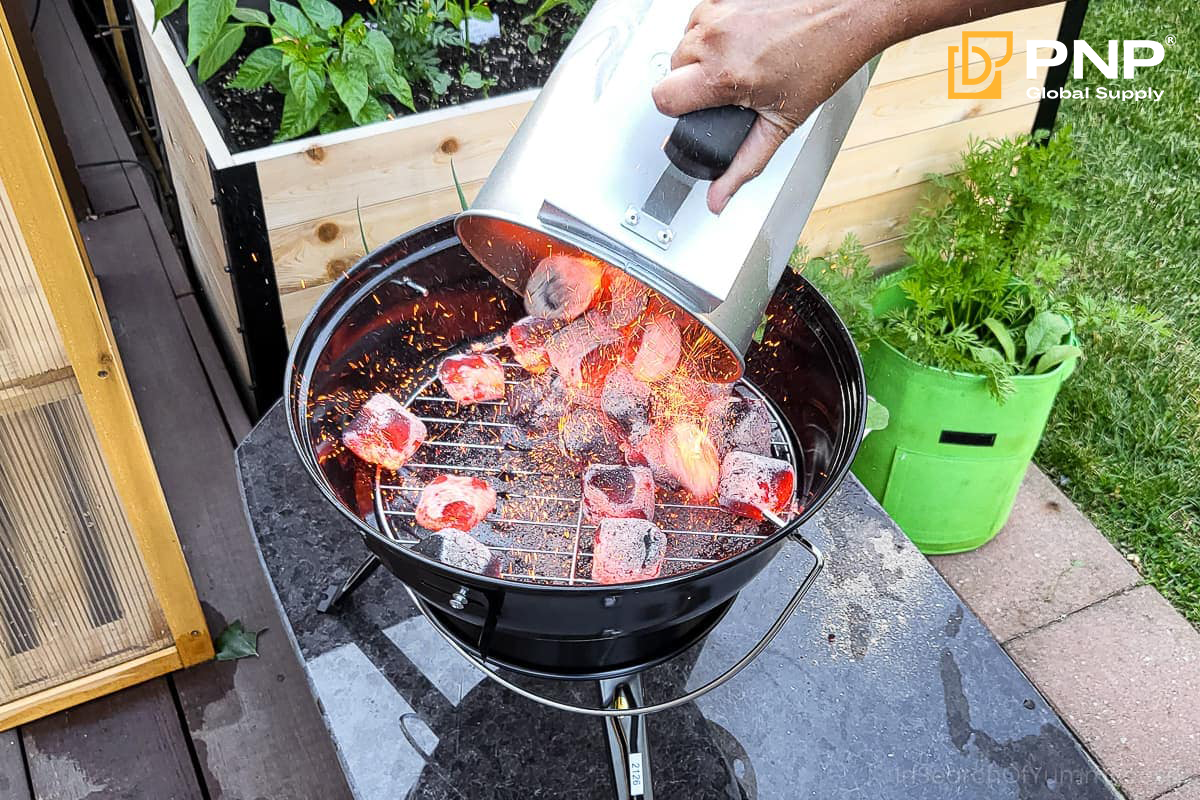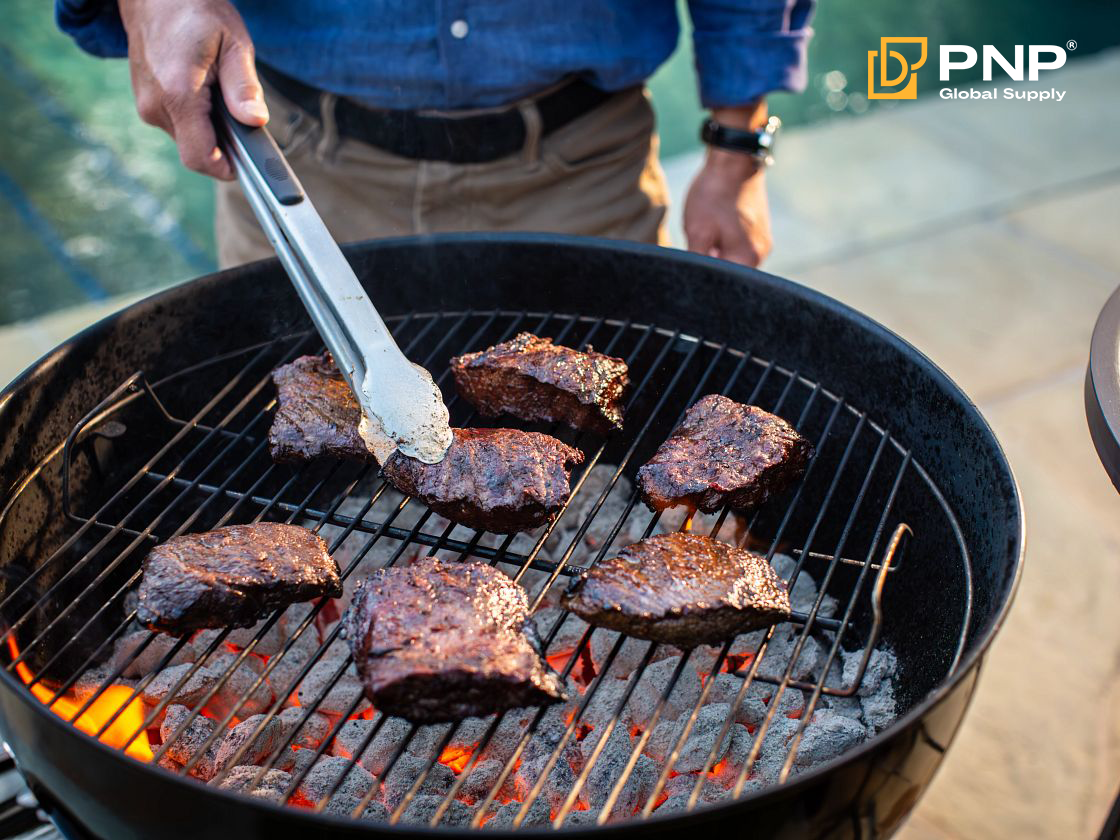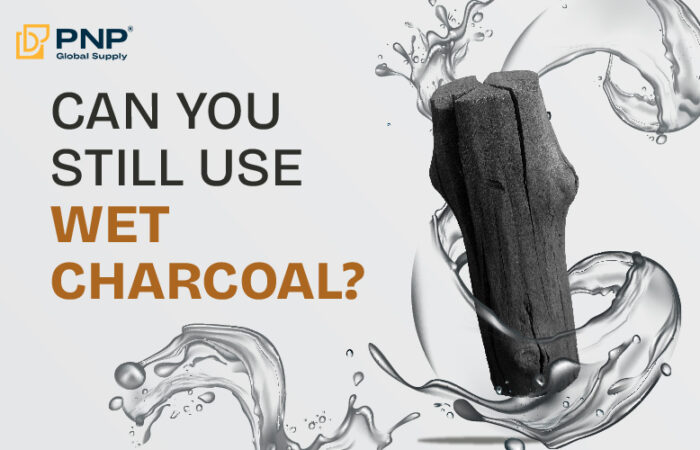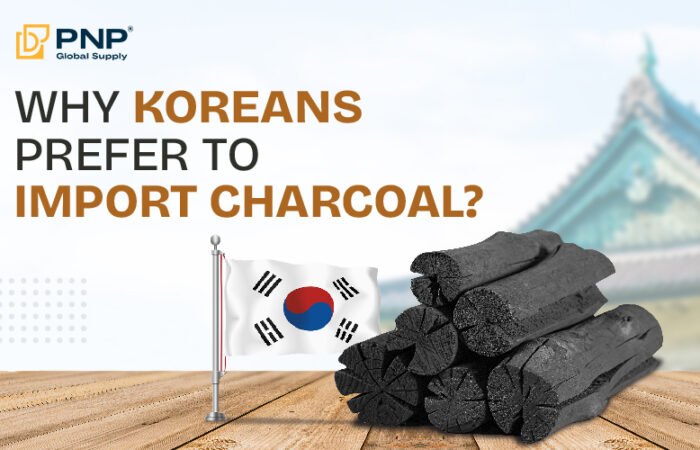Grilling is all about balance — the right temperature, timing, and most importantly, the right amount of charcoal. If you’ve ever wondered how much charcoal to use in a grill, you’re not alone. Whether you’re using bbq charcoal or lumpwood charcoal, getting the quantity right ensures your food cooks evenly, stays juicy, and carries that perfect smoky flavor. Using too much can lead to burnt meals, while too little charcoal leaves your food undercooked. This guide will help you determine exactly how much charcoal to use for every type of BBQ.

Why Charcoal Quantity Matters for BBQ Cooking
The amount of charcoal you use directly affects the temperature and control of your grill. Too much charcoal creates intense heat that can quickly burn your food, while too little leads to uneven cooking and weak smoke flavor. The ideal amount varies depending on your grill size and cooking style, but understanding the basics is essential.
For example, lumpwood charcoal burns hotter and faster than briquettes, making it ideal for quick grilling such as steaks and skewers. On the other hand, bbq charcoal briquettes maintain steady heat for longer periods, perfect for slow-cooked meats like ribs or brisket. Knowing this difference helps you measure how much charcoal you truly need — not just by sight, but by your cooking purpose.
Key Factors That Determine How Much Charcoal to Use
The right amount of charcoal isn’t the same for every grill session. Several factors come into play:
Grill size and type:
A small portable grill may only need 0.5–1 kg of charcoal, while a standard kettle grill might require 1.5–2 kg. Large BBQ grills used for gatherings can easily take 3–4 kg of charcoal.
Type of food:
Steaks and burgers need higher temperatures, requiring more charcoal, while vegetables or seafood can cook perfectly with less heat.
Weather conditions:
Cold or windy weather burns charcoal faster, so you might need to add 10–20% more fuel to maintain steady heat.
Cooking duration:
For a 1-hour session, 1–1.5 kg of charcoal usually works for most kg charcoal BBQ setups. If you’re planning a slow cook for several hours, double the amount or prepare to add fresh charcoal during cooking.
Each of these factors helps you make more accurate decisions when planning how much charcoal to use for your next BBQ.
Recommended Charcoal Amounts for Different BBQ Styles
Let’s break down typical grilling scenarios to estimate how much charcoal you need:
Low and Slow Cooking (Ribs, Brisket)
Use about 1.5–2 kg of bbq charcoal briquettes for steady heat over 3–4 hours. Briquettes burn evenly, providing consistent temperature control without frequent refueling. Avoid excessive lumpwood charcoal since it burns too fast for this cooking style.
Medium Heat Grilling (Chicken, Sausages, Vegetables)
For a balanced cook, use around 1–1.5 kg of charcoal. You can mix lumpwood charcoal with briquettes for quick ignition and stable temperature. This setup is ideal for family BBQs or medium grills.
High Heat Grilling (Steak, Skewers, Burgers)
If you’re aiming for a perfect sear, go for 2–3 kg of lumpwood charcoal. It burns hotter and gives your meat a smoky crust in minutes. Since lumpwood produces less ash, it’s easier to manage during short, high-heat grilling sessions.
Quick Tip: When in doubt, fill your grill about halfway for medium heat and three-quarters for high heat. Adjust by adding or removing charcoal based on how your fire behaves.

Tips for Measuring and Adjusting Charcoal Levels
You don’t need to guess when deciding how much charcoal to use. Here are a few simple tips:
- Use a chimney starter: It helps you measure and light charcoal evenly. A full chimney usually holds about 1.5 kg of bbq charcoal — perfect for medium grilling sessions.
- Add charcoal gradually: For long cooking times, add fresh charcoal every hour to maintain consistent heat.
- Look for the white ash layer: Charcoal is ready when it’s covered with a thin layer of grayish-white ash — this means it’s burning steadily and cleanly.
- Control airflow: Adjust your grill’s vents to maintain temperature without wasting charcoal. Closed vents slow down burning, while open vents increase the flame.
By mastering these steps, you’ll save fuel, reduce smoke, and maintain the perfect cooking heat every time.
Understanding Charcoal Prices and Buying Options
If you grill often, you’ve probably noticed that the price of charcoal varies by type and source. Lumpwood charcoal generally costs more per kilogram because it’s made from hardwood pieces that burn hotter and faster. BBQ charcoal briquettes are more affordable and last longer, making them cost-effective for extended cooking.
Here’s a quick price overview (estimated for 2025):
- Lumpwood charcoal: $0.2 – $0.5 per kg
- Briquette charcoal: $0.5 – $0.9 per kg
If you cook regularly or run a restaurant, it’s smart to buy bulk charcoal for sale from a trusted charcoal supplier. Bulk buying reduces your per-kilo cost and ensures a consistent fuel supply for your BBQ sessions.
If you want to know the detailed price of charcoal, check out the next article: Explore the Price of Charcoal Exports in the Global Market
Where to Source Quality Charcoal for Your Grill
Choosing reliable charcoal importers and suppliers is just as important as choosing the right amount to use. High-quality charcoal burns cleaner, lasts longer, and enhances the smoky flavor of your food. When sourcing charcoal, look for suppliers that offer quality testing, moisture control, and eco-friendly production standards.
If you’re a business or frequent BBQ host, consider contacting charcoal suppliers that provide bulk charcoal for sale. Many importers from Southeast Asia, especially Vietnam, offer durable lumpwood charcoal and premium BBQ briquettes made from hardwood or coffee wood. These products are not only cost-efficient but also environmentally sustainable compared to low-grade alternatives.
Choose PNP Charcoal for your next BBQ — our high-quality lumpwood and BBQ charcoal deliver steady heat, clean burning, and rich smoky flavor. With consistent size, long burn time, and low ash, PNP Charcoal helps you achieve perfect grilling results every time.

Common Mistakes When Measuring Charcoal
Even experienced grillers sometimes make these mistakes:
- Overloading the grill with charcoal, causing excess heat and wasted fuel.
- Igniting charcoal too early before it’s fully ashed over.
- Mixing wet and dry charcoal, which reduces burn efficiency.
- Ignoring weather conditions that impact charcoal performance.
Avoiding these mistakes ensures your grill performs efficiently and your charcoal burns evenly from start to finish.
Conclusion
Understanding how much charcoal to use is a skill that transforms your grilling experience. By using the right amount — tailored to your grill size, cooking style, and weather — you’ll save fuel, cook more evenly, and deliver authentic smoky BBQ flavor every time.
Whether you prefer bbq charcoal for long, steady heat or lumpwood charcoal for high-temperature searing, knowing the right quantity makes all the difference.
For those who grill frequently, consider reaching out to trusted charcoal importers or charcoal suppliers to get bulk charcoal for sale at the best price of charcoal. Quality charcoal doesn’t just make your BBQ easier — it elevates every meal you cook over the fire.
________________________________
Contact us for more information
Facebook: PNP Charcoal
Instagram: PNP Charcoal
Email: info@pnpglobalsupply.com




